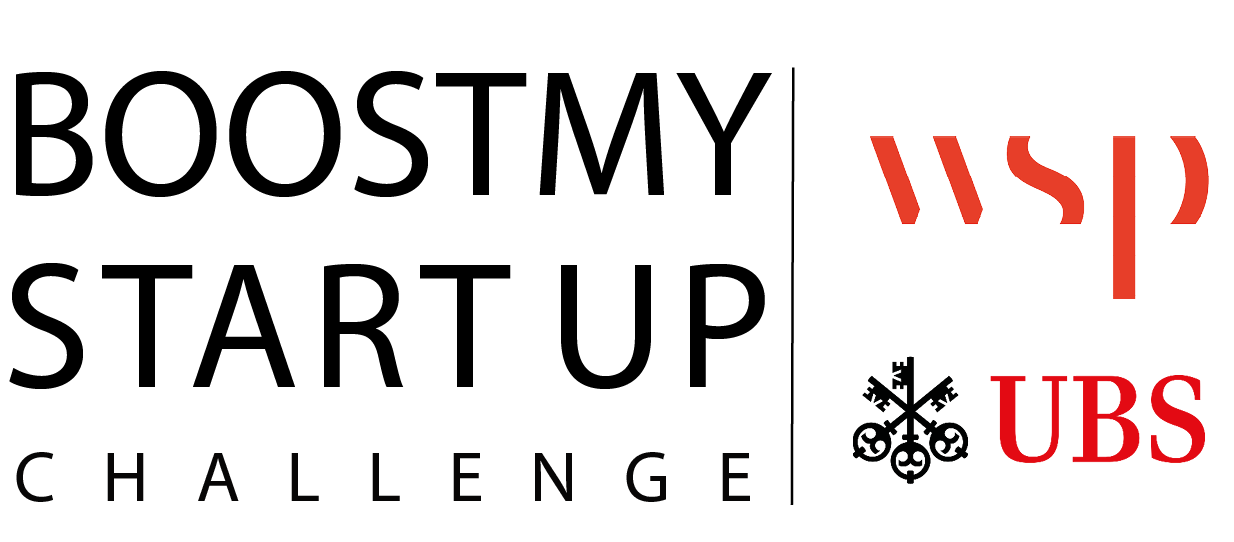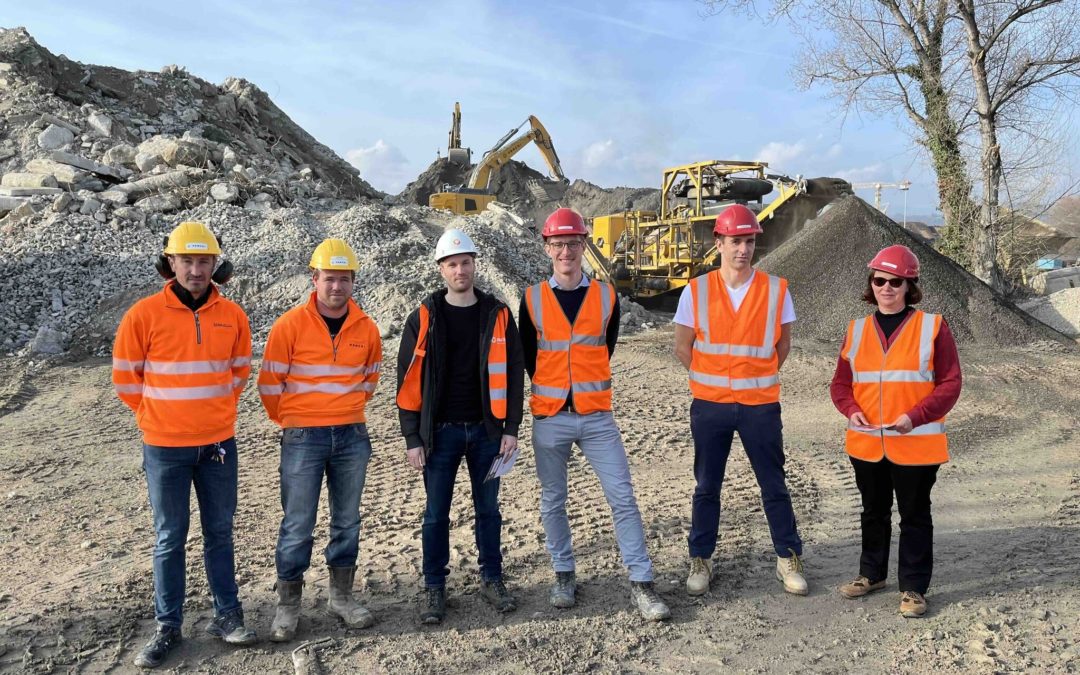The 5th edition of the Boost My Startup Challenge, organised by WSP and UBS Growth Advisory, was once again a great success!
From Construction Debris to Carbon Storage
On 9 October 2025, six startups presented their innovative solutions to a jury of experts, entrepreneurs and investors. For the first time since the challenge began, the jury selected two winners who impressed with their vision, creativity and potential for real-world impact. Congratulations to GradeSens and Transcality for taking home the top prize! We look forward to collaborating with both teams and supporting their next steps.
GradeSens: smarter industry through intelligent sensing
GradeSens develops cutting-edge sensor technology and analytics that help optimise industrial processes in sectors such as energy, logistics and manufacturing. Their solutions enable real-time monitoring, predictive maintenance and greater energy efficiency. This approach aligns perfectly with WSP’s commitment to promoting innovation and sustainability in the built environment.
Transcality: building the digital twin of tomorrow’s mobility
Transcality builds and operates digital twins of transportation systems. Their technology allows cities, regions and operators to analyse the present state of their networks and plan mobility solutions for the future. Their work supports smarter, data-driven decisions and helps shape more sustainable transport infrastructure.
We would also like to thank all the other finalists who pitched their ideas during this year’s challenge:
- irmos technologies AG – AI-based monitoring for building and infrastructure health.
- Terasol SA – Sustainable soil regeneration and material reuse.
- Oxoia – AI software to cut building energy use and emissions.
- PlanetoSA – Tools for efficient, renewable district heating and cooling.
A big thank you as well to the members of the jury: Eric Plan, Jan Lederhausen, Marcel Egger, Pierre Epars, Anke Echard and Anne-Claire Pliska.
And to our network partners: Startupticker.ch, Impact Hub Geneva, CleantechAlps, EPFL Innovation Park, Innovaud and SICTIC.
Finally, a heartfelt thank you to everyone who made this edition possible: Anne-Claire Pliska, Philippe Schlegel, Mael Péquignot and Maéva Mouton.

